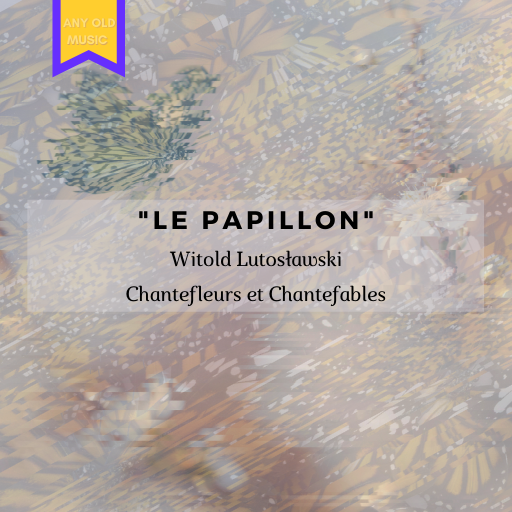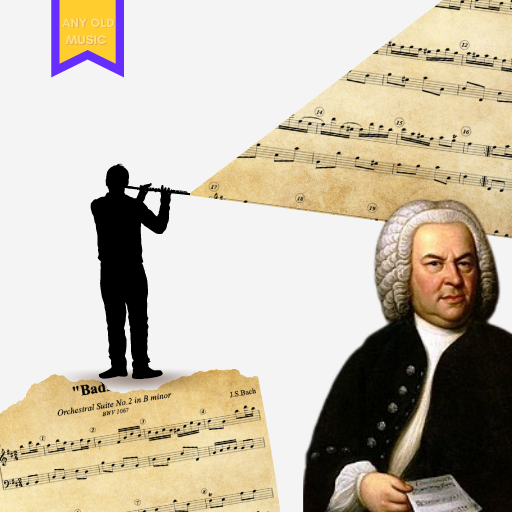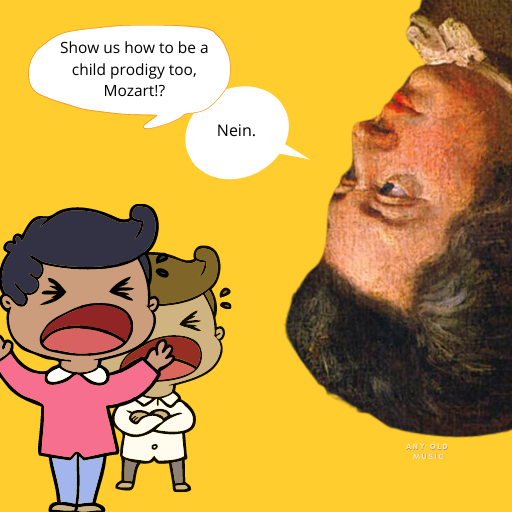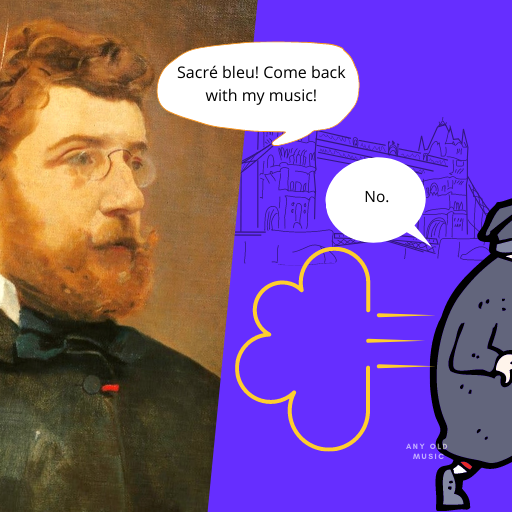Frédéric Chopin – Nocturne No. 1 Op. 9 – Developing Melody – Bitesize Composition Analysis
Many of Chopin’s Nocturnes follow a ternary structure, or ABA form, where melodies of the A-section repeat and flank a different middle section. Interestingly, however, Chopin’s Nocturnes often implement subtle embellishments to each repetition of these A-themes. His first Nocturne Opus 9, Number 1 is a good example of these melodic variations. Taking a closer […]










